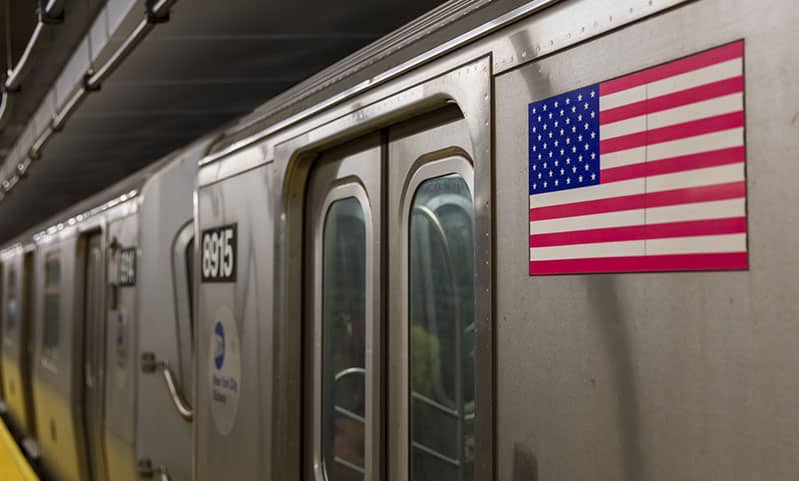The Second Circuit Court of Appeals revived a lawsuit by disability advocates which claimed that the subway system didn’t provide equal access to everyone, as required by the Americans with Disabilities Act.
Earlier, a judge threw out the 2017 lawsuit, after the MTA submitted evidence that subway elevators were accessible over 95 percent of the time.
But that was only one side of the story, according to the appeals court. Evidence provided by the plaintiffs indicated that the elevator outage rate was substantially higher.
Furthermore, since most disabled people must take at least four elevators to reach their platforms, their chances of encountering an “Out of Service” sign during rush hours was as high as 50 percent.
When the district court re-considers the case, the largest issue will probably be whether buses, which are almost always ADA compliant, are a reasonable alternative to trains.
Evidence in Legal Actions
Usually, the burden of proof in a civil claim is a preponderance of the evidence, or more likely than not. Picture two equally full glasses of water which are side by side.
If someone adds a drop of liquid to the one on the right, it’s fuller than the one on the left. That’s an image of a preponderance of the evidence.
Additionally, the evidence must be credible. This issue often comes up regarding statistical evidence, which was used in the above ADA case and is also common in many environmental poisoning claims. People can manipulate statistics to prove anything.
Expert testimony, which is common in many medical malpractice claims, is another example. Some experts lack credentials or experience in certain areas.
However, a preponderance of the evidence is the bare minimum. A minimum amount of evidence usually means a minimum amount of compensation. So, attorneys must frequently dig deeper in order to find additional evidence.
The police accident report in a car wreck claim is a good example. If the victim was killed, these reports are normally inaccurate. The emergency responder who wrote it obviously only heard the tortfeasor’s (negligent driver’s) side of the story.
Electronic evidence, such as surveillance camera footage, is often an important supplement. Assuming the camera was working right, the images it captures are always accurate.
Jurors can then look at this footage and decide things for themselves, as opposed to relying on another person’s interpretation of events.
At the same time, it’s important not to present too much evidence. If jurors must listen to too much proof and testimony, they often lose sympathy for victims.
Only an experienced New York personal injury attorney knows when to press forward and when to let up. This same skill is often crucial during pretrial negotiations.
Clear and convincing evidence is the level of proof needed for punitive damages, such as are usually available in the aforementioned environmental poisoning claims.
Clear and convincing is stronger than a preponderance of the evidence, but weaker than beyond a reasonable doubt, the amount of proof needed in a criminal case.
Lawsuit Procedure in New York
Usually, evidence increases a case’s settlement value.
If liability is crystal-clear, most defendants have a legal duty to settle most claims within a few weeks. However, there are almost always some questions in this area.
There could be an issue with the evidence, as in the above elevator/ADA case. Or, there could be a possible insurance company defense, such as comparative fault.
So, largely to put pressure on the insurance company to settle, most attorneys must file legal paperwork in most cases. At this point, the judge rules on pretrial motions, such as summary judgment motions.
These motions usually only succeed if victim/plaintiffs have no evidence to support their claims.
Once the judge rules on these motions, settlement negotiations usually resume. If they break down, most judges appoint mediators.
During mediation, both sides have a duty to negotiate in good faith. They must earnestly want to settle the case. They cannot simply go through the motions.
Furthermore, each side must be willing to make some compromises, if that means reaching an agreement. Largely because of this requirement, mediation is about 90 percent successful.
Only a few civil cases proceed all the way to trial. So-called bellwether trials are a good example. In many dangerous drug cases which involve thousands of claims, a few early cases go to trial, so both sides can better assess the settlement value, which could be several billion dollars in a large case.
A better understanding of lawsuit procedure helps victims make better decisions. For a free consultation with an experienced personal injury attorney in New York, contact Napoli Shkolnik PLLC.
